Optimal Timing for Electrical Trench Installations
Electrical trench installations are most effectively performed during periods of stable weather conditions, typically in dry seasons when soil moisture levels are low. This reduces the risk of delays caused by rain or flooding, which can compromise trench integrity and safety. Planning installations during these times ensures a smoother process and minimizes disruptions.
Spring and early summer often provide optimal conditions for trench work, as soil is less saturated and temperatures are moderate. Conducting installations in these periods can also align with project timelines, avoiding peak weather-related delays common in late fall or winter. Proper scheduling enhances safety, efficiency, and cost management.
Dry, stable weather minimizes delays and soil instability during trench installation.
Low soil moisture enhances trench stability and reduces equipment issues.
Planning during spring or early summer aligns with optimal weather for efficient work.
Moderate temperatures improve worker safety and equipment performance.

Efficient trenching with minimal soil compaction issues.

Optimal conditions for precise and safe installation.
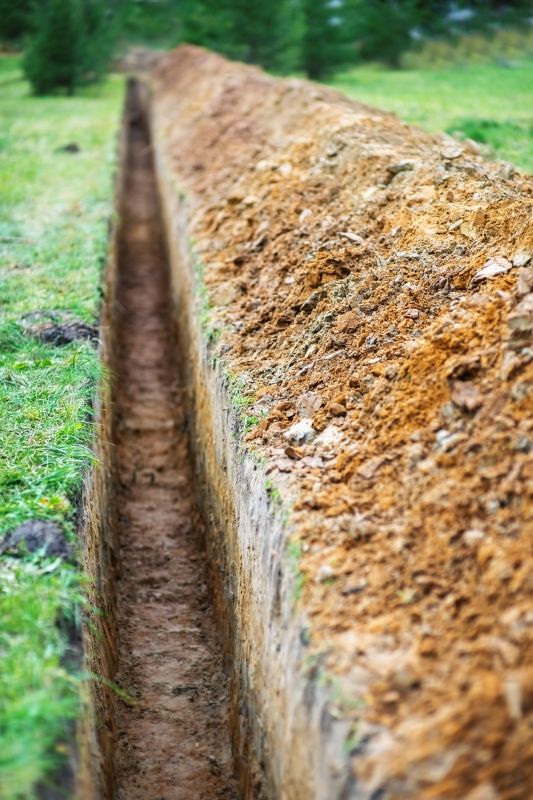
Proper soil conditions facilitate smoother trenching operations.

Ways to make Electrical Trench Installations work in tight or awkward layouts.

Popular materials for Electrical Trench Installations and why they hold up over time.
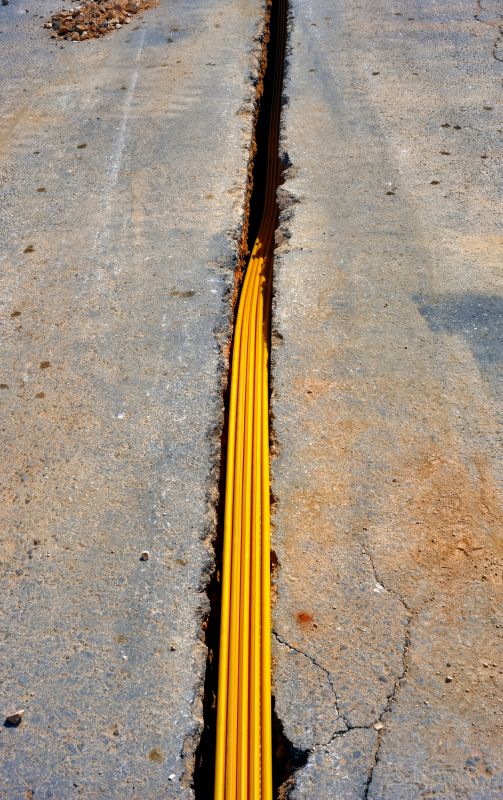
Simple add-ons that improve Electrical Trench Installations without blowing the budget.
| Optimal Installation Periods | Key Considerations |
|---|---|
| Spring | Moderate temperatures and low soil moisture |
| Early Summer | Dry soil conditions and longer daylight hours |
| Late Fall | Precipitation levels are decreasing, soil drying |
| Early Winter | Avoid due to potential frost and frozen ground |
| Late Winter | Not recommended due to frozen soil and weather unpredictability |

Optimal for safety and efficiency.

Ensures minimal delays and high-quality work.
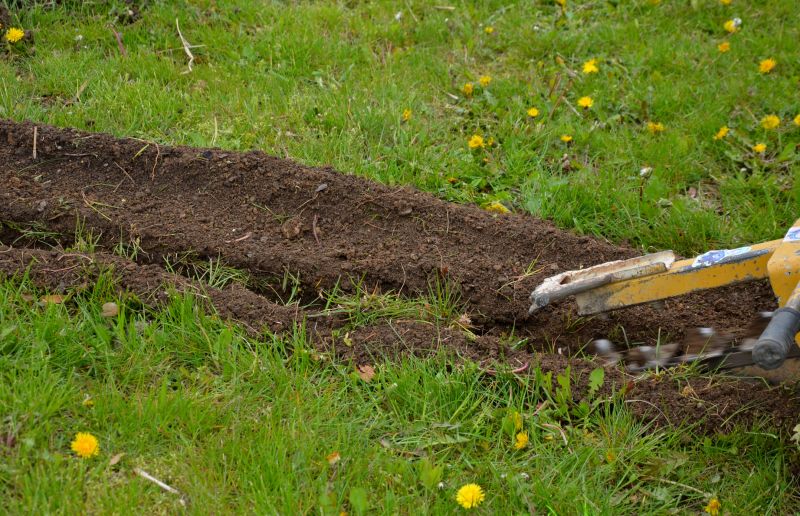
Used during ideal conditions for trenching.

Showcasing work done in optimal weather.

High-end options that actually feel worth it for Electrical Trench Installations.
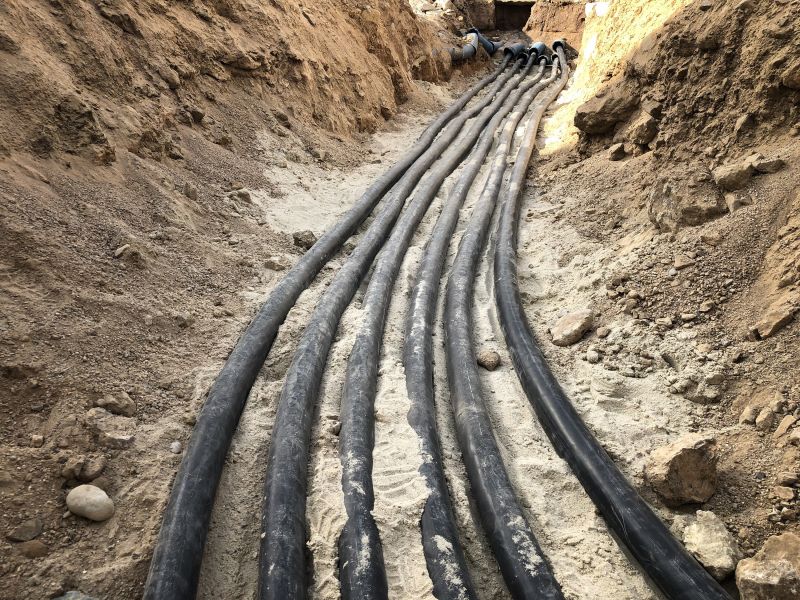
Finishes and colors that play nicely with Electrical Trench Installations.
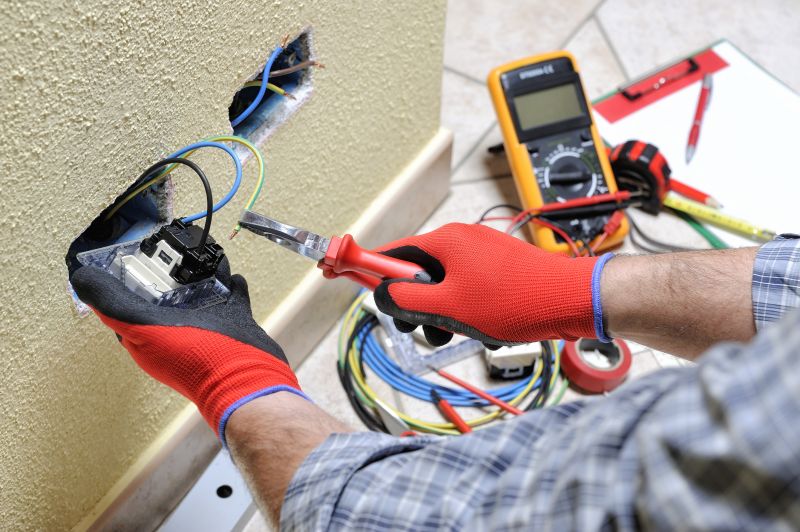
Little measurements that prevent headaches on Electrical Trench Installations day.

A 60-second routine that keeps Electrical Trench Installations looking new.
Understanding the optimal timing for electrical trench installations can significantly impact the success and safety of the project. Proper scheduling ensures that soil conditions are suitable, weather disruptions are minimized, and work progresses efficiently. Planning ahead and considering local climate patterns are essential for achieving optimal results.
Interested parties are encouraged to contact for further details or to discuss specific project needs. Proper timing and planning are crucial for successful electrical trench installation projects, and expert guidance can help determine the most suitable period based on local conditions.
